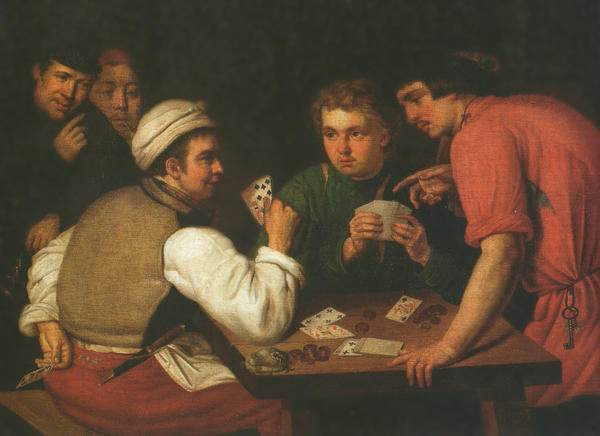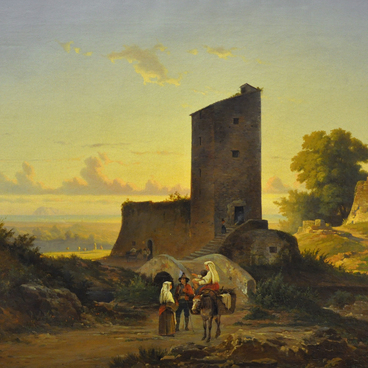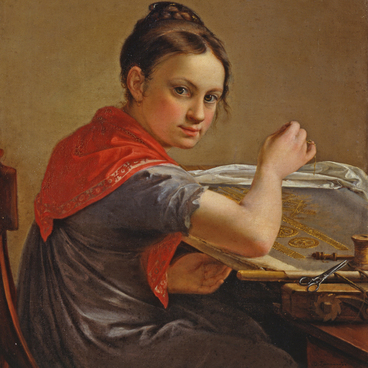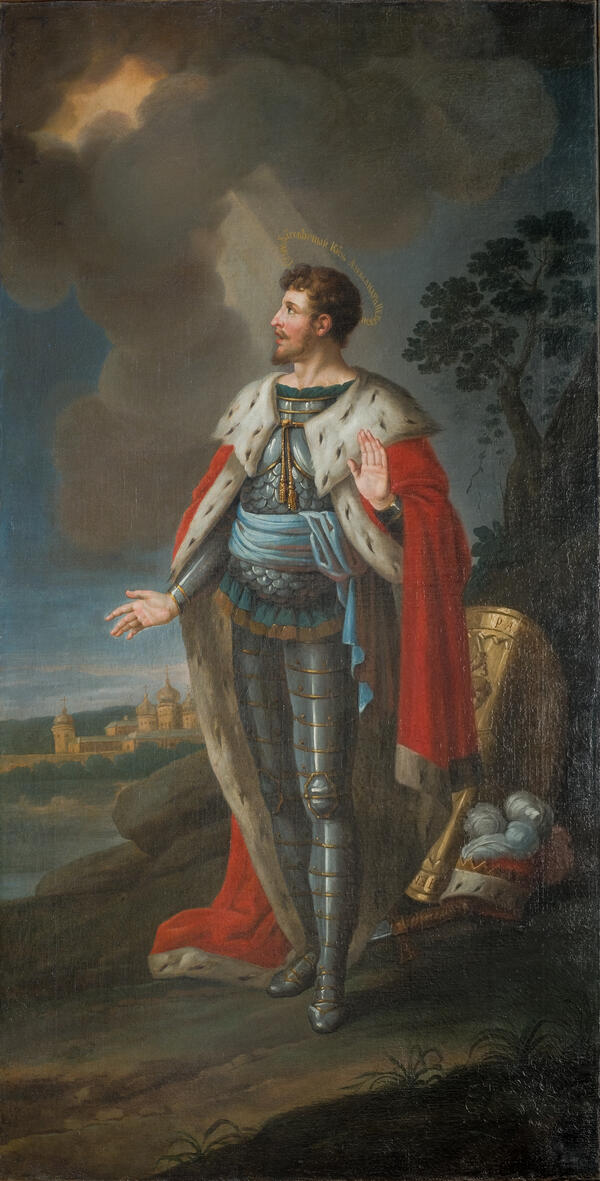Ivan Tupylev was a Russian artist specializing in history painting and portraiture. His father worked as an apprentice at the Peterhof Diamond and Agate Lapidary Factory. At the age of six, Ivan Tupylev enrolled in the school at the Imperial Academy of Arts. At the age of 16, he received his first silver medal as a recognition of his drawing skills, followed by another silver medal and a small gold medal.
In 1779, Ivan Tupylev became the first artist to receive the gold medal established by Rzhevskaya for painters “who had distinguished themselves in artistic expression.” At the same time, he was sent on a state-funded trip to hone his skills in France. After returning home, he became a member of the Academy of Fine Arts and a professor of history painting. During his later years, Ivan Tupylev focused on painting icons (for example, for the Kazan Cathedral in St. Petersburg) and portraits of members of the imperial family and other famous personalities. In 1813, he created a series of drawings commemorating the Patriotic War of 1812, which are now kept in the State Tretyakov Gallery.
In the last three years of his life, Ivan Tupylev was the head of the Imperial Tapestry Manufactory, which was a testament to the recognition of his talent as an artist and statesman. The painting “Swindlers”, which is attributed to Ivan Tupylev, belongs to the early period of genre art. In Russian fine arts, genre painting became popular much later when classicism and romanticism gave way to realism in the second half of the 19thcentury. Nowadays, the museum’s curators believe that the painting might have actually been created by another artist — Nikolay Sinyavsky.
This is a lively psychological scene set in an
interior, most likely, in a tavern. A man dressed as a Dutch merchant is
winning a card game against a naive Russian peasant. The composition is clearly
divided into two halves. The left one is dark, sinister, and dangerous,
associated with the devil. The right one is light, kind-hearted, and incorrupt,
associated with God. On the left, there are foreigners, one from Europe and one
from Asia, a man smoking tobacco which is considered a devil’s poison, and such
objects as a dagger, coins, and cards, all symbolizing sins and vices. On the
right, there are two good-natured people, one of whom, with a key on his belt,
is already starting to see through deception and recognize danger, meaning that
justice may soon prevail.





